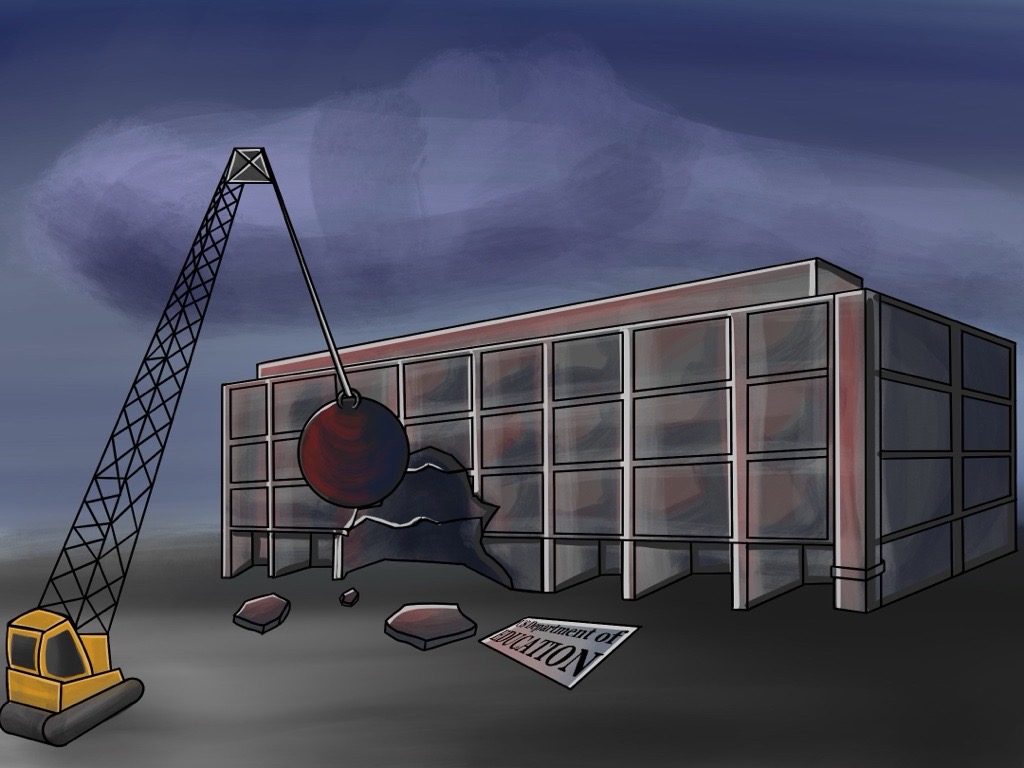The Central Valley’s recent spring-like weather has decreased Sierra Nevadas snowpack levels.
In January, after the wet storms of November and December, the snowpack was at 134 percent of the average.
Farmers and local agencies were put at ease anticipating a refreshing flow of irrigation for their crop and harvest. The snowpack has held up well under warm weather conditions in recent months, but has not been able to build as winter has deepened due to lack of precipitation.
The water for the state’s overall snowpack level is at 66 percent of the overall average for this time of year and 57 percent of the average amount for the season due to a dry winter, according to the California Department of Water Resources (DWR).
With little precipitation in the forecast, the Northern California region is headed toward the driest January-February on record since 1920. The next driest January-February was in 1991, with only 4 inches of precipitation.
Frank Gehrke, California Department of Water Resources snow surveyor, mentioned his thoughts on the low snowpack.
“It’s not a surprise,” Gehrke said. “We had very little storm activity during the month of February.”
Electronic readings for the Sierra Nevada show snowpack levels at a 67 percent average with only a few weeks of the winter calendar remaining.
With a projected shortage in this year’s water supply, rationing could take place and inflict another year of losses on struggling farms. Normally, the snowpack provides about a third of water for the state’s farms, businesses and homes.
Central Valley residents are also noticing an impact on local lakes.
“I have a feeling this is going to be a bad fishing year,” Steve Lou, an avid angler from Oakdale said. “The lakes look more like rivers right now.”
According to KCET news, the DWR and cooperating agencies conduct snow surveys the first of every month between January and May. The DWR currently estimates that it will be able to deliver 60 percent of the water requested for this calendar year. This delivery estimate may change to reflect changing conditions.
The last 100 percent allocation was in 2006.
Categories:
Dry months cause low Sierra Nevada snowpack levels
By James Drewrey
•
March 18, 2013
0
Donate to Signal
Your donation will support the student journalists of California State University, Stanislaus. Your contribution will allow us to purchase equipment and cover our annual website hosting costs.
More to Discover






